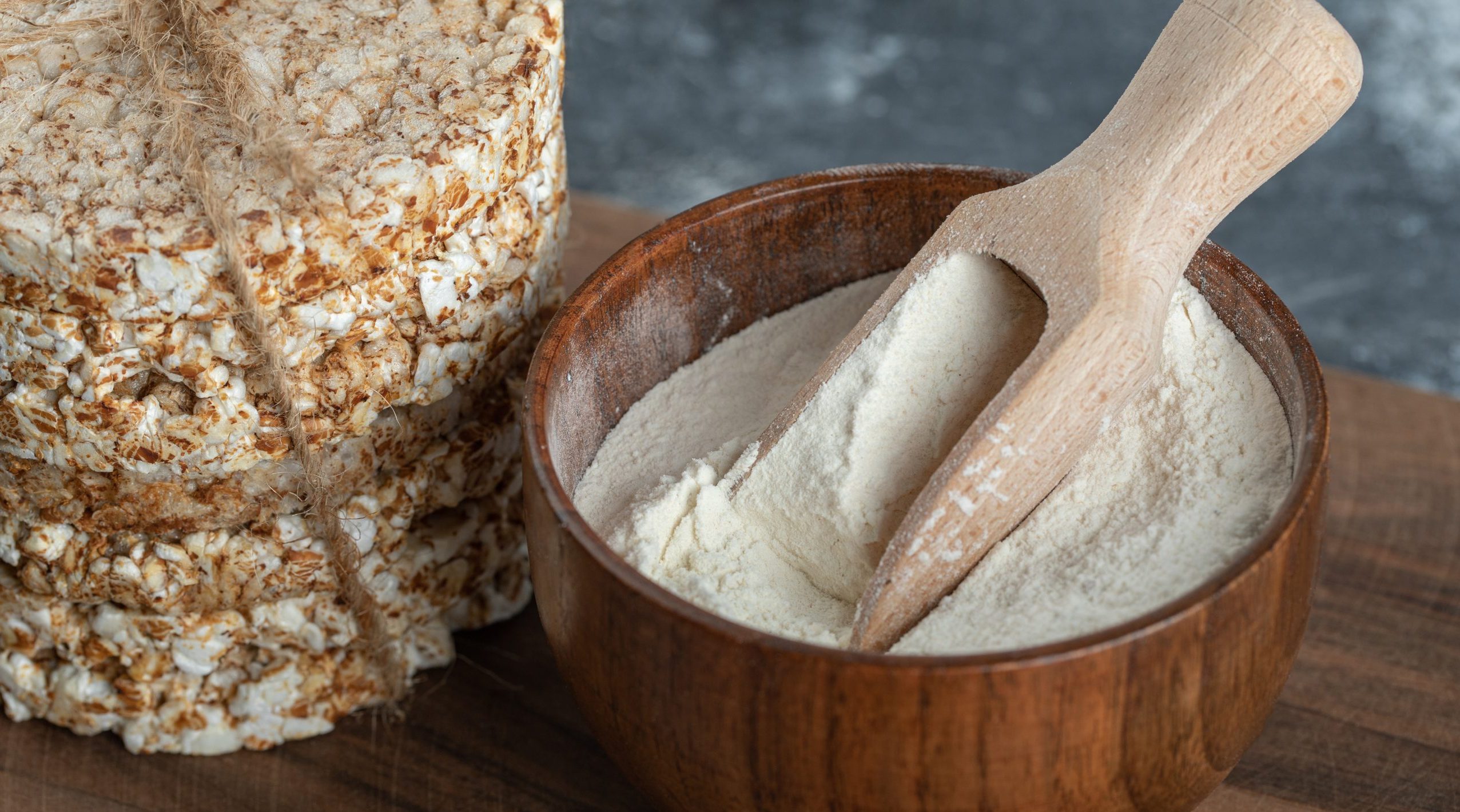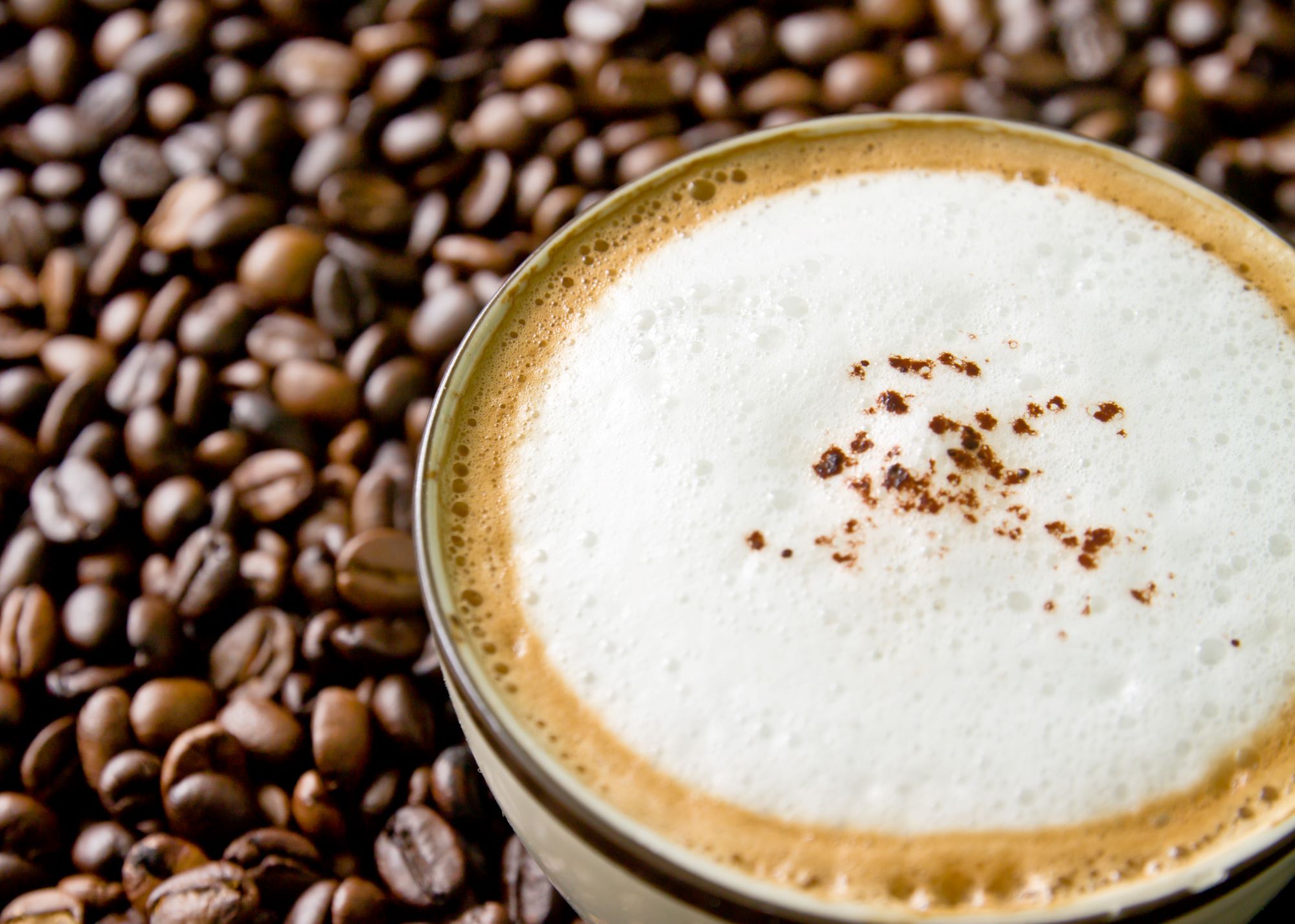Introduction
Stand aside, plant-based food; there’s a new trend in town in the form of edible insects. But unfortunately, the introduction and adoption of new food by consumers are facing obstacles. The problem is entomophagy; the consumption of insects often conjures images of eating crawling, pesky pests3. The act of entomophagy is widely perceived as distasteful, and to paraphrase Shakespeare, ‘to eat or not to eat’ is the question currently being asked by consumers worldwide who are food neophobic.
The barrier to entomophagy is mainly food neophobia, in which consumers show resistance to change and their unwillingness to try novel food products2. Consumers are reluctant to embrace the idea of entomophagy as they are disgusted by the unappealing appearance of insects. Moreover, insects are often associated with cognitive disgust as they are perceived as dirty and disease carriers. Based on these factors, the introduction of insect-based food products into the market is likely to be a journey filled with potholes and dangerous terrain.
The findings of a 2016 survey in Ann Arbor, Michigan, based on 475 online surveys and 129 in-person surveys, provided a glimpse into the perception of the American people on the consumption of cricket flour4. The findings may reflect the underlying worldwide concern and fear of entomophagy.

The Alternative Nutritional Food
The Food and Agriculture Organization (FAO) has identified edible insects as an alternative source of food to support the growing global population. It is projected that by 2030 the world population could grow to around 8.6 billion, and by 2050, it could reach 9.8 billion5. Therefore, the worldwide demand for food and meat is likely to increase by 50 and 85%, respectively7.
Efforts to meet the increased demand for food and meat have largely focused on enhancing crop and livestock productivity7. However, this approach is unsustainable due to dwindling arable land and water scarcity caused by climate change. In addition, it will further contribute to environmental degradation and global warming as livestock and crop production has been responsible for huge greenhouse gas emissions. On the other hand, insects produce fewer greenhouse gases and require significantly less land and water than cattle and crop farming3. In 2015, the Food and Agriculture Organization (FAO) published a report promoting the consumption of insects as a source of protein for human and animal nutrition, thanks to their nutritional value and positive environmental impacts9.
Currently, edible insects are regularly consumed by approximately 2 billion people in 130 countries, representing about 80% of the world’s population8. The trend is gaining traction in North America and Europe. The global market was valued at USD 33 million in 2015, and the market is estimated to expand by more than 40% in 20238. Edible crickets are considered a ‘superfood’ due to their high protein, fat, dietary fibre, and micronutrient content2.
Cricket Flour
The process of making cricket flour is simple. Cultivated crickets are frozen alive and later roasted. This may sound cruel, but industry players consider freezing them to death more humane than other methods of killing6. Roasting brings out their flavour and ensures that they are safe for human consumption. The roasted crickets are later milled into flour, creating a soft, versatile ingredient that can be incorporated into a variety of meals. Cricket flour has a high protein content of 45.75%, followed by 20.80% carbohydrates and 20% fat, as illustrated in the comparison between cricket flour and quinoa in the table below5.
Table 1. Proximal composition of flour (Gryllus assimilis) and quinoa flour. Calculated by ratio g/ 100 g dry matter.
| Assay | Cricket | Quinoa |
| Protein | 45.75 ± 2.25 | 13.63 ± 1.75 |
| Fat | 20.00 ± 1.94 | 4.20 ± 0.22 |
| Fiber | 5.01 ± 0.07 | 0.76 ± 0.81 |
| Ashes | 4.94 ± 0.18 | 2.08 ± 0.14 |
| Moisture | 3.50 ± 0.05 | 10.02 ± 1.30 |
| Carbohydrates | 20.80 ± 0.06 | 69.31 ± 0.07 |
Results were expressed as mean ± standard deviation (n = 3).
The applicability of cricket flour or cricket protein ingredients depends on their potential to fulfill more functional requirements such as protein solubility, water holding capacity (WHC), and oil holding capacity (OHC)1.
Baking Chips with Cricket Flour
If you use cricket flour to bake bread or cookies, you’ll find it imparts a mildly earthy and nutty flavor. However, it offers an abundance of vitamin B12, as cricket flour contains 10 times more B12 than salmon6. Since low B12 levels are more common in adults over 60, adding cricket flour to dishes can help with B12 deficiency. Crickets contain twice as much iron as spinach, one of the most iron-rich veggies. Studies have indicated that eating crickets allows our bodies to absorb these nutrients more efficiently than from other types of protein, like beef6. Lastly, cricket flour has the added benefit of being low in fat, which means you can enjoy all its benefits without burdening your cardiovascular system with a diet high in animal fat6.
A study examining the effect of consuming 25 grams/day of whole cricket powder on gut microbiota showed that cricket powder supported the growth of the probiotic bacterium Bifidobacterium animalis, which increased 5.7-fold8. Cricket consumption was also associated with reduced plasma TNF. The findings also demonstrated that cricket consumption is tolerable and non-toxic at the studied dose. The study showed that eating crickets may improve gut health and reduce inflammation, but further research should be conducted to understand the impact and underlying mechanisms of cricket powder probiotic effect8.
The nutritional benefits of cricket flour are evident in food research conducted at Taylor’s University, Malaysia, where chips were baked using cricket flour2. The nutritional value of the baked chips is enhanced with micronutrients derived from cricket flour.
The Way Forward
The way forward is best described by Megan Miller, the founder of Bitty Foods who said ‘When you hear crickets chirping, what do you think of? Warm summer nights? Grassy fields? The awkward silence that happens when a joke falls flat?’ When I think of crickets, I think of the future of food4.
Edible crickets and other insects represent a future food source that may help resolve global hunger and food insecurity. It’s unlikely that another Green Revolution will increase crop and livestock production enough to feed the projected 9.8 billion population in 2050.
Edible insects can be a good alternative for food protein with sustainable production. Besides protein, fat, dietary fibre, and micronutrient content, this future of food may pose less risk of transmitting zoonotic infections to humans, livestock, and wildlife.
If edible insects are to become more widely used as food ingredients in the future, a regulatory framework for safety, quality, and risk assessment will need to be established.
At DPO International, we offer a diverse selection of ingredients that can be used as alternative nutritional foods, each with numerous nutritional and technological properties that can help you create a winning product.
References
- Ampaka Mafu, Sunantha Ketnawa, Suphat Phongthai, Schoenlechner, R., & Saroat Rawdkuen. (2022). Whole Wheat Bread Enriched with Cricket Powder as an Alternative Protein. Foods, 11(14), 2142–2142. https://doi.org/10.3390/foods11142142.
- Cheng, K. M., Leong, K. N., & Chan, S. W. (2022). Cricket as an alternative source of protein in the development of nutritious baked chips. Food Research, 6(Supplementary 2), 74–82. https://doi.org/10.26656/fr.2017.6(s2).018
- Hartwick, P. (2017, December 21). Why Cricket Flour Is the Food of the Future. Retrieved May 3, 2023, from Healthline website: https://www.healthline.com/health/food-nutrition/cricket-flour-nutrition#cricket-flour-nutrients
- Lacey, R. (n.d.). CRICKETS AS FOOD: The perceptions of and barriers to entomophagy and the potential for widespread incorporation of cricket flour in American diets. Retrieved from https://sites.lsa.umich.edu/sustainablefoodsystems-new/wp-content/uploads/sites/1010/2016/05/Rachael-Lacey_Thesis.pdf.
- María Elisa Quinteros, Hernández, J. L., Barrionuevo, A., Enrique, M., & Carrillo, W. (2022). Functional, Antioxidant, and Anti-Inflammatory Properties of Cricket Protein Concentrate (Gryllus assimilis). Biology, 11(5), 776–776. https://doi.org/10.3390/biology11050776
- Maxwell, S. (2020, June 26). The Untold Truth of Cricket Flour. Retrieved May 3, 2023, from Mashed website: https://www.mashed.com/221797/the-untold-truth-of-cricket-flour/.
- Murugu, D. K., Onyango, A. N., Ndiritu, A., Osuga, I. M., Xavier, C., Nakimbugwe, D., & Tanga, C. M. (2021). From Farm to Fork: Crickets as Alternative Source of Protein, Minerals, and Vitamins. Frontiers in Nutrition, 8. https://doi.org/10.3389/fnut.2021.704002
- Stull, V. J., Finer, E., Bergmans, R. S., Febvre, H. P., Longhurst, C., Manter, D. K., … Weir, T. L. (2018). Impact of Edible Cricket Consumption on Gut Microbiota in Healthy Adults, a Double-blind, Randomized Crossover Trial. Scientific Reports, 8(1). https://doi.org/10.1038/s41598-018-29032-2
- Van Huis, A., Dicke, M., & van Loon, J. J. A. (2015). Insects to feed the world. Journal of Insects as Food and Feed, 1(1), 3–5. https://doi.org/10.3920/jiff2015.x002







